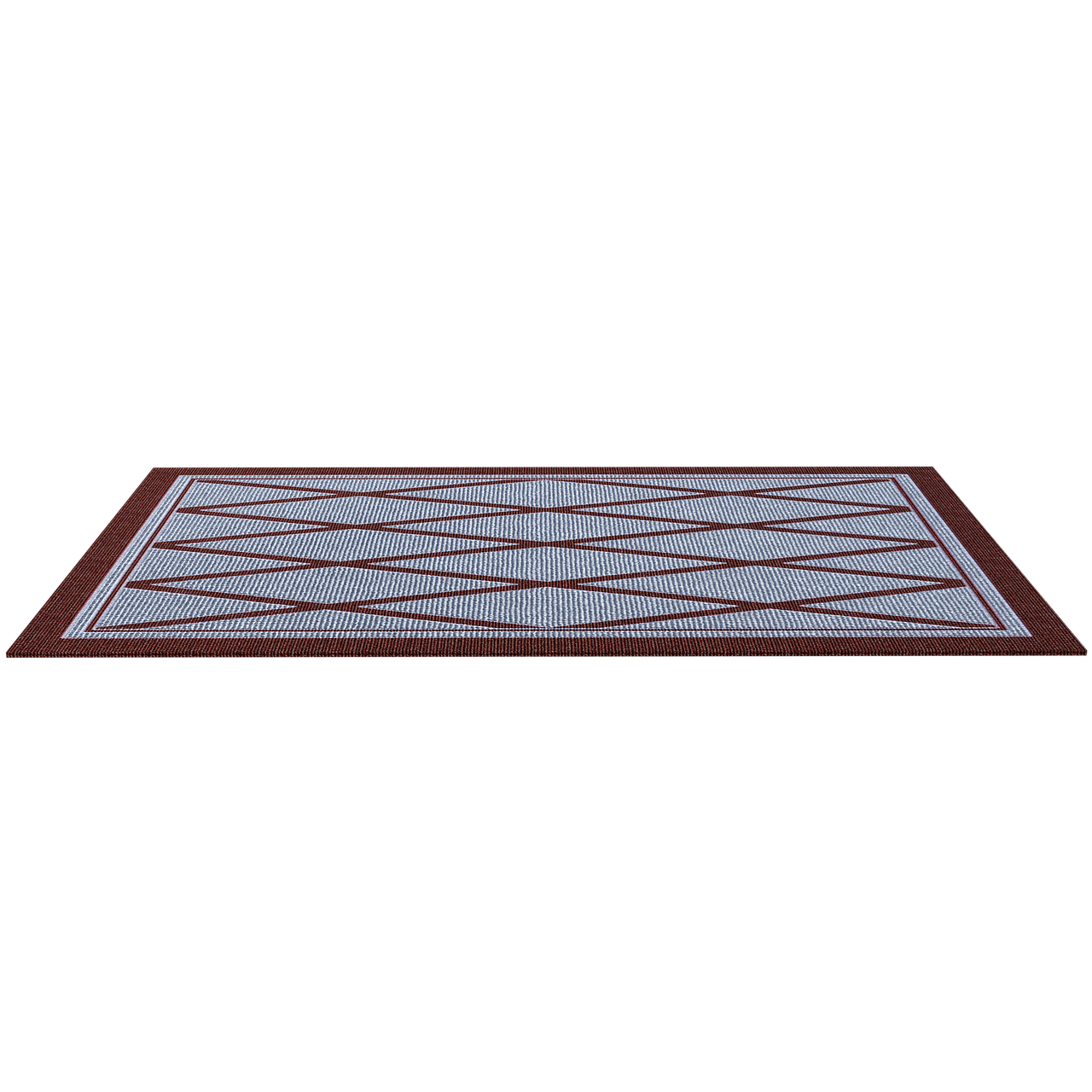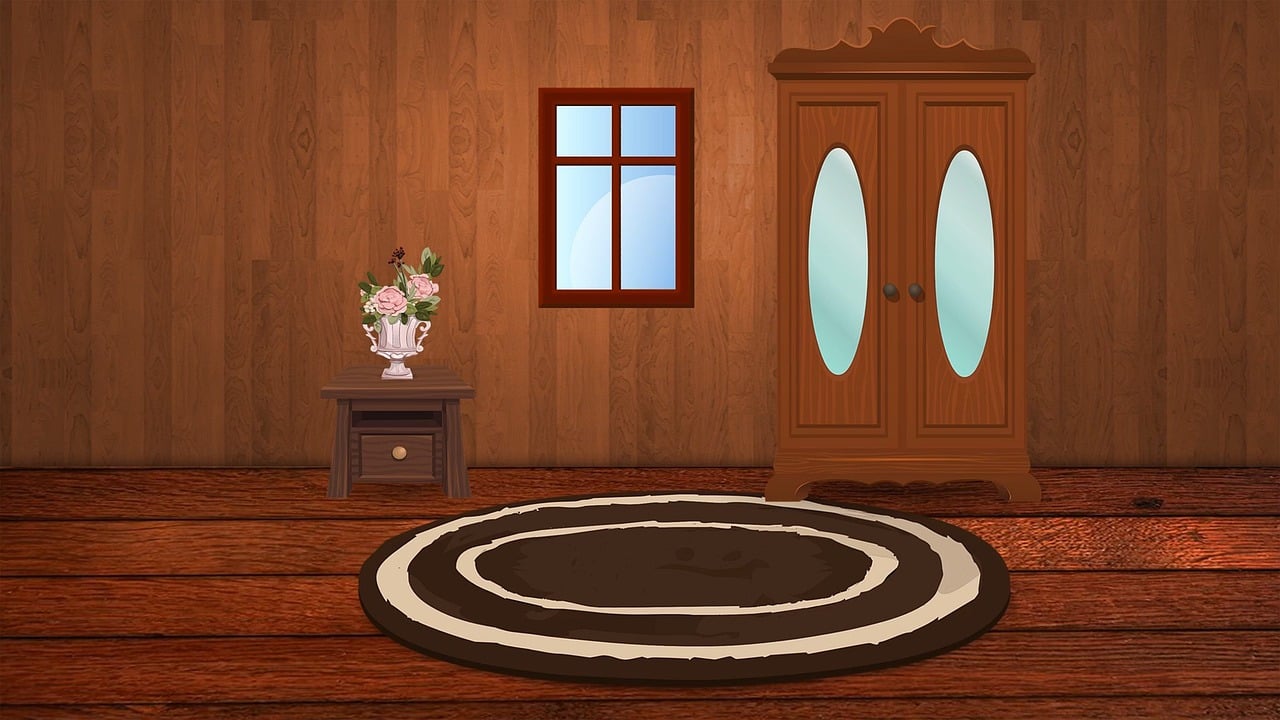Could your area rug use a deep clean? Most likely. Discover how to clean a rug and bring your flooring back to life in less than an hour. Area rugs might bring a space together, but they likewise take a pounding, from foot traffic to family pets to spills. After a while, vacuuming just isn't enough to get it genuinely clean-- and that's when a deep clean remains in order.
Even if you don't currently have washable carpets as part of your decor, knowing how to clean an area rug at home is totally achievable. There's no need to hire professional carpet cleaners for the job-- unless your rug is very fragile (for instance, an antique carpet, Persian carpet, or Oriental carpet). Read on for expert-approved cleaning suggestions on how to refresh those well-worn wool rugs so they look as good as they did when you initially unrolled them.

What is the best method to clean my area rug?
Routine cleaning with a vacuum cleaner and prompt spot-cleaning can go a long way when it comes to helping a rug look great and last for years, but every rug needs a bit more attention from time to time.
The type of carpet you own will determine how you maintain and clean it. Natural fiber rugs need to be treated differently than a synthetic carpet. Wool rugs must just be cleaned up with a cold water procedure, which secures the fibers from damage or distortion. You can be a lot more aggressive when cleaning synthetic carpets, as they can manage hot water and more powerful cleaning solutions.
However for some rugs, expert cleaning is always best. In general, Persian and Oriental rugs, as well as rugs made from silk or viscose, should just be professionally cleaned.
What tools and products do I need to clean an area rug at home?
Here's precisely what you'll require to have on hand to finish a successful DIY area rug cleaning:
- Rug shampoo (or moderate dish soap)
- Bucket
- Soft-bristle brush or sponge
- Water
- Rubber gloves
- Garden hose
- Wet-dry vacuum
How do you deep-clean an area rug?
For cleaning your particular area rug, it's constantly best to check the manufacturers guidelines, frequently found on a care label on the underside of a rug.

Otherwise the procedure is quite comparable to carpet cleaning. After a spot test (more on that below), here's the best way to clean wool rugs, shag carpets, and even mats.
Step 1: Clear furniture and items off of the rug (and take it outside, if possible)
Rugs ought to be taken out of the home for correct cleaning. Utilize a great deal of water while cleaning to guarantee correct soil removal. They likewise have to be dried quickly and correctly to ensure colors do not fade or run. Make certain you tackle this DIY task on a sunny day so rain doesn't threaten the cleaning procedure. To avoid making a bigger mess, place your carpet on a tarp, drop cloth, or large piece of plastic instead of straight onto the ground.
Step 2: Remove dirt and debris
First things initially. Vacuum your area rug. A terrific method to prevent stains from taking place is to vacuum your carpets weekly.

Make sure to use a suction just vacuum, rather than a rotating brush. This is highly efficient for eliminating dirt particles before they sink in, while also remaining gentle on the carpet's fibers. Completely vacuum the rug on both sides. To make sure every last little bit of debris is gone, a vacuum cleaner with a beater bar is most effective for this task. If you have family pets, utilize the brush attachment to get lingering stray hairs.
Step 3: Mix the cleaner
Don't use carpet cleaner or carpet shampoo on your carpets, as the chemicals might be too strong and damage the fibers. Rather, utilize a carpet shampoo, like Bissell Pro Max Clean and Protect, as the cleaning option. Follow instructions for mixing the option with water.
Alternatively, use moderate meal detergent mixed in a bucket with warm water (for synthetic fibers) or cold water (for wool rugs).

Do not utilize warm water, as it can diminish the rug or cause fading.
Step 4: Do a color test
Area test prior to you go for it with cleaning.
Before you start scrubbing, ensure the cleaner does not trigger the dyes or colors to run. Evaluate the option on the corner or another small location of the rug to make certain it is colorfast. If the color doesn't bleed, it's safe to proceed to the next step.
Step 5: Wash the rug
Suds away.
Using a sponge or soft-bristle brush, work the cleaning option into a soap on the carpet. Let the cleaner rest on the rug for a five minutes prior to you start rinsing. Anything less than that and you'll shortchange the cleaning procedure. Give it those 5 minutes to set in and begin raising away dirt.
Step 6: Rinse the rug
Make certain all the soap is rinsed out.

Wash the soap out of the carpet using a garden tube or containers of clean water. Ensure all the cleaning option is entirely removed from the area rug and the runoff water is crystal clear.
Step 7: Remove excess water
Drip dry the area rug to prevent mildew.
At this point, you'll wish to get rid of as much excess water in the rug as you can so it will dry quicker. You can use a wet-dry vacuum if you have one, or run a squeegee in the directions of the nap.
Step 8: Let the carpet dry
Lay the rug flat and enable the top of the rug to air dry totally. Then, turn it over to let the bottom side dry. Fans can help accelerate the procedure. Ensure the carpet is fully dry before you return it to the room.
Step 9: Vacuum or brush out the rug
Vacuum the area rug one more time to pick up any residue particles.

During the cleaning process, threads and fibers can get compacted and squished. Restore them by running a vacuum over the now-dry carpet, or brush with a soft-bristled brush.
How frequently need to I clean area rugs?
Rugs filter and trap dirt, gasses, allergen, bacteria, mold, infections, dead skin cells, pet debris, and other pollutants between their crevices, then release them back into the air. And then there's the apparent tracking of dirt from one's feet. Which is why regular upkeep is so essential. Weekly vacuuming, more if it's a heavy traffic area, must be an excellent place for a lot of homeowners to start.
When it comes to deep-cleaning, there's no requirement to clean rugs on a schedule. Instead, you must just clean the carpets when they are noticeably filthy or have a smell. Nevertheless, given that the UV rays from the sun assistance in the carpet cleaning procedure, warm spring and summer season are a good time for a refresh.


 Add
Add 
 Add Row
Add Row 













Write A Comment